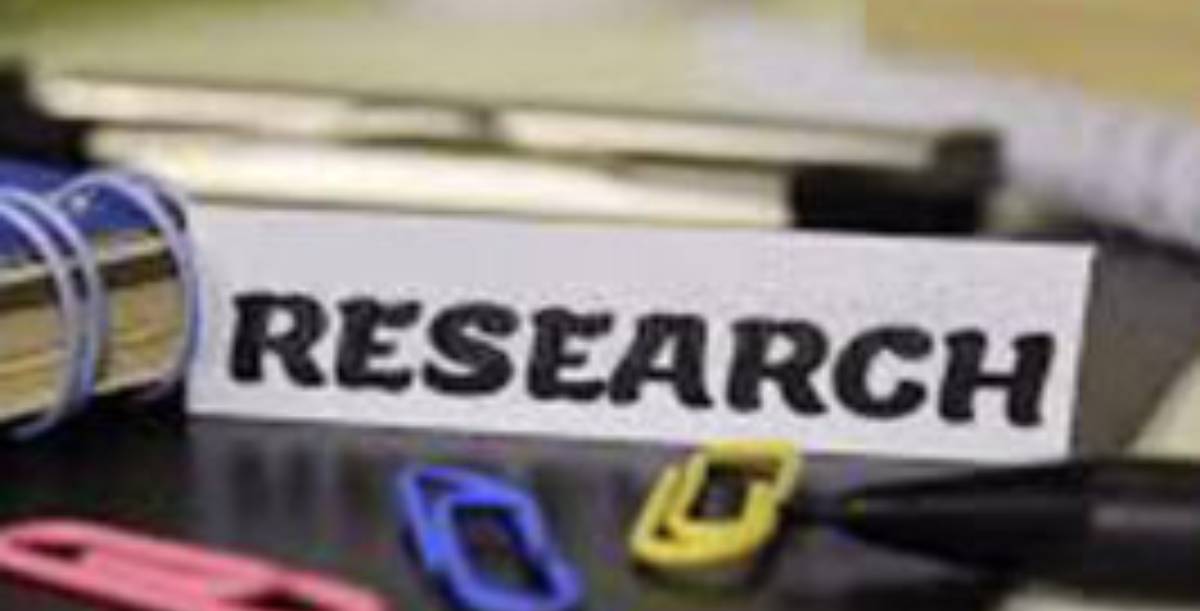How To Start Working On Your Research Paper
One of the greatest challenges faced by new scientists is how to start working on their research papers. In order to understand this, understanding the Parkinson’s Law is necessary.
According to the Parkinson’s Law, “Before you do anything you have to do something.”
Yes, we cannot simply just start a paper, we have to do certain things before working on the paper. The following are the key steps you can use to work on your papers.
PLAN
The first most important thing that you should do is to plan. It is rightly said, that those who fail to plan, actually plan to fail. Your plan should be written. The plan not written is merely a wish, therefore, just write it down on a piece of paper. Ideally a journal, or diary.
In order to plan effectively, you need to sit down quietly, take a deep breath, and just stay quiet for a few minutes. Now start to think, and bring this thinking to the paper. The plan should include your start date, your schedule, and your deadline when you want to finish. The plan should also include your structure of the paper that is outline which is mentioned below.
You can discuss your plan with any of your trustworthy family members, friends and colleagues; it could also be your supervisor. Just discuss the plan and ask them to look at it critically. The plan should also include the page numbers; how many pages your paper will contain, the number of words, the number of paragraphs, the references, and tables and figures. Once this plan is ready, you now make sure your outline is good enough for you to start.
OUTLINE
The outline means the skeleton of your paper. It should include the plan of what you will write in your paper. I know, many of you are thinking that when I have no data how can I plan writing? I understand that, that is why I am just asking you to work on the headings. Your headings are your outline. The usual outline is the IMRaD format. The I is for Introduction, M is for Method, R is for Results, A is just and, so this A doesn’t mean anything, while D is the discussion section.
The outline should look like this
- Abstract
- Introduction
- Method
- Results
- Discussion
- Conclusion
- Acknowledgement
- References
Although I didn’t mention abstract, conclusion, acknowledgement, and references in the IMRaD format, for that reason I am elaborating more and showing you the ideal outline here. IMRaD format just shows the essential parts to keep you on track, it doesn’t mean you should not add anything else.
Remember, I learned this lesson many years ago, “Two kinds of people are never successful, those who don’t do what they are told to do, and second those who only do what they are told to do.”
Therefore, always go extra mile and use your own creativity as well. Always think ahead and plan ahead and don’t be a follower, be a student.
LOOK AND LEARN
Now, look at other people’s published papers in top journals. This is extremely important to look at what other people have done. Learn from their mistakes, yes look at the other papers critically and see what makes their paper boring, and which part makes it interesting.
If you feel they could have made their paper by removing certain paragraph from their paper, then you don’t repeat the mistakes they made. Just remove similar parts from your papers.
The simple formula is, in order to be successful, emulate successful people. To draw a good painting you need to look at other people’s paintings, in a similar fashion you look at other people’s writing and get an idea how long was the paper, how many headings did this author use? How many words did he/she use? How many paragraphs did he/she use? How many figures and tables did he/she use?
How many headings were useless, and how many tables were useless? Think about it and make a plan accordingly to not repeat what they did.
Do what they did right, but don’t do what they did wrong. The purpose is not to copy, but to learn from the experts. Copy pasting is an academic crime, so don’t copy paste, but just learn from their papers. There is a huge difference in learning from looking at someone’s work and copy pasting someone else’s work. Copy pasting is called as “plagiarism” and it can destroy your career. Therefore, never copy paste, but just look at various authors’ papers and see how they write it.
It’s like watching a football game and watching the best player play, and learning from him. You don’t copy his style but you learn from him and improve it and do it your own way.
TAKE ACTION
Now the next step is the most important step. It is called taking action. All planning is useless if you don’t learn to take action. Just don’t just sit and plan but move and start working on your paper. The main difference between a successful person and a failure is the capability of taking action.
BONUS TIPS
- Contact authors of the best papers and ask for advice and suggestions on what you should do to improve your paper
- Try writing blogs like these to keep the habit of writing going
CONCLUSION
Go ahead and start. Take action now, and don’t waste time. If you are stuck with your paper comment below or contact me, I will get back to you as soon as I can.
Dr. Hassaan Tohid
Ready to turn your writing dreams into reality? Discover how in just 6 months with our 'Be a Published Author' Program . Enroll now and embark on a transformative journey to become a successful author.




